Unlike roads, trail networks are not usually directly connected impervious surfaces and thus trails have a reduced effect on runoff rates and volumes in highly developed areas.
Trails create the opportunity to manage stormwater sustainably and improve water quality within communities if appropriate stormwater BMPs are used. In general, stormwater BMPs should be selected with an eye on optimizing effectiveness, economy, and required maintenance burden. As outlined below, BMP selections are identified within the context of greenway features. As stand alone items, BMPs listed below recommended for the associated situation. However, where opportunity allows, larger regional BMPs are more easily maintained and less likely to have problems, and should be considered in lieu of multiple stand alone BMPs.
BMP SELECTION MATRIX |
|||
|
SITUATION |
STRATEGY | COMMENTS | IMAGE |
| TRAIL (UNDER 5% SLOPE) | Amended soils | Requires min 10’ width and min 2% cross slope to adjacent BMP |  |
|
|
|||
| TRAIL (OVER 5% SLOPE) | Preferred: Swale to regional bioretention area | 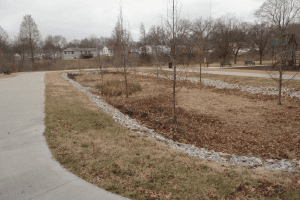 |
|
|
|
|||
| Bioretention area near trail | 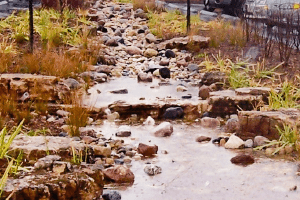 |
||
|
|
|||
| NODES UNDER 1000 SF | Amended soils | 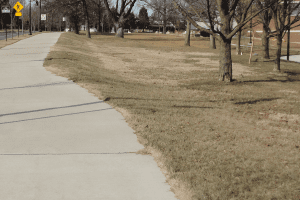 |
|
|
|
|||
| PARKING | Permeable parking stalls | 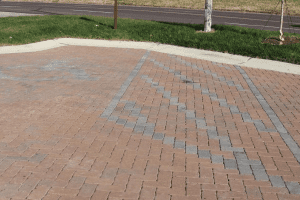 |
|
|
|
|||
|
TRAIL WITH LESS THAN 10’
|
Preferred: Pipe or swale to large scale raingarden | Min 2% cross slope to adjacent BMP | 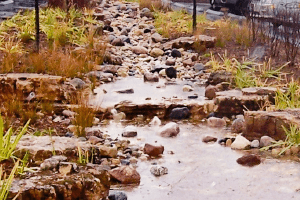 |
|
|
|||
| Curbside/ trailside bioretention | Consider utilizing in areas near intersections and nodes, or in more urban environments. | 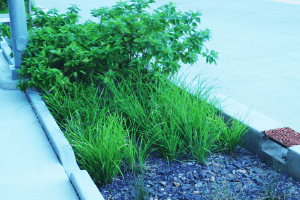 |
|
|
|
|||
| Subterranean (Silva Cell/ tree well BMP) |  |
||
|
|
|||
| SHELTER/ RESTROOMS | Roof to raingarden | 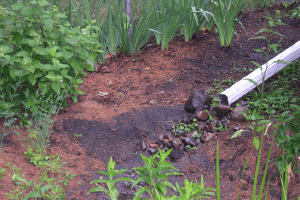 |
|
|
|
|||
| NODES OVER 1000 SF | Preferred: Permeable pavement | Option 2 bioretention/rain garden in design | 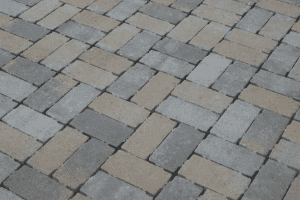 |
